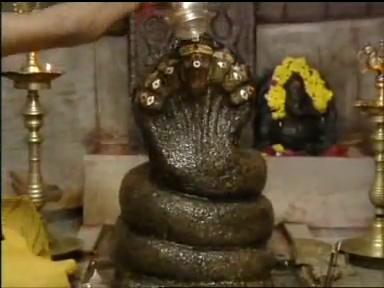Kukkutasana (cockerel pose) | |||||||||||||
| |||||||||||||
| Kukkut - Cockerel In this asana the body is lifted off the ground, on the support of both hands, making the form of the practitioner look like a cockerel standing on its legs, hence the name. | |||||||||||||
Taking the asana positionInitial Position - Padmasana
| |||||||||||||
The asana positionIn this asana, only the hands are touching the floor and bearing the entire weight of the body. The folded legs should be lifted off the floor as high as possible, keeping the padmasana parallel to the floor. The back is straight and the gaze is forward. | |||||||||||||
Releasing the asana position
| |||||||||||||
Anatomical focus | |||||||||||||
AwarenessOn maintaining balance. | |||||||||||||
Do's
| |||||||||||||
Dont's
| |||||||||||||
Benefits
| |||||||||||||
Therapeutic application | |||||||||||||
Precautions & contra-indications
| |||||||||||||
DurationThis asana should be held steady for at least 15 seconds, gradually increasing to 1 minute with practice. | |||||||||||||
Variations & tipsThose with hairy arms or legs may find it difficult and painful to insert the arms between the legs. Those with a lot of fat or muscle on their legs will also find it difficult. Oil or water may be applied to the arms and legs to facilitate the insertion of the arms between the legs. | |||||||||||||
Preparatory poses
| |||||||||||||
Follow-up posesGarbhasana | |||||||||||||
Ancient textsThe 23 rd shloka in Hathapradeepika describes the asana :Padmasanam tu sansthapya januvorntare karou l Niveshya bhumou sansthapya vyomastham kukkutasanam ll H P 1.23 Meaning - Sit in padmasana and place the palms of the hands onto the ground through the knees and lift up the body. This is known as Kukkutasan. Gherandsamhita describes this asana in detail in its second chapter in the 31st shloka : Padmasanam samasadhya janurvorantare karou l Kurparabhyam samasino ucchasthah kukkutasanam ll G S 2.31 Meaning - While sitting in padmasana, the hands should be inserted in between the knees and the thighs and with the support of the elbows, the body should be lifted up. | |||||||||||||
గురువారం, సెప్టెంబర్ 22, 2011
KUKKUTASANA
దీనికి సబ్స్క్రయిబ్ చేయి:
కామెంట్లను పోస్ట్ చేయి (Atom)


కామెంట్లు లేవు:
కామెంట్ను పోస్ట్ చేయండి